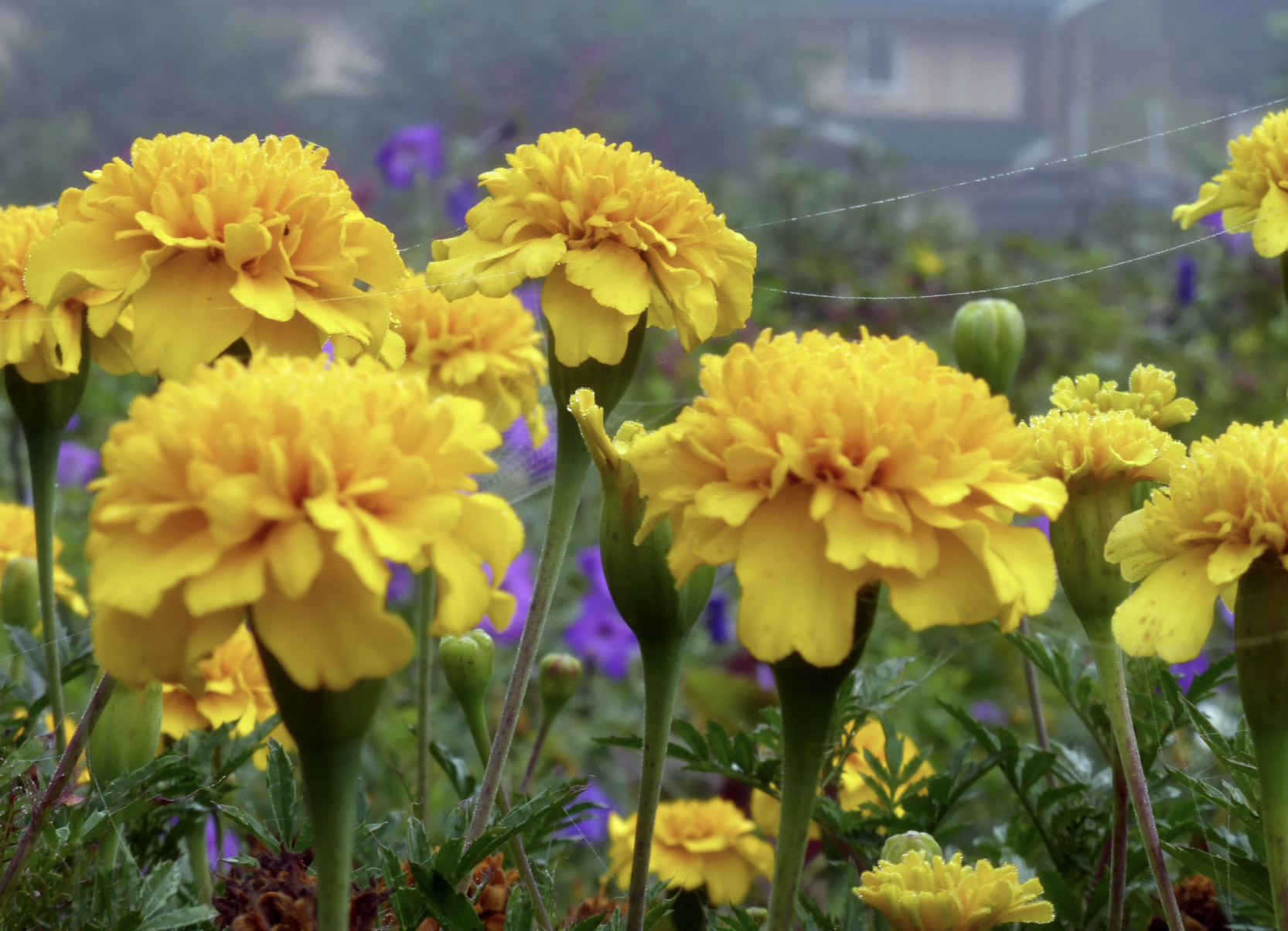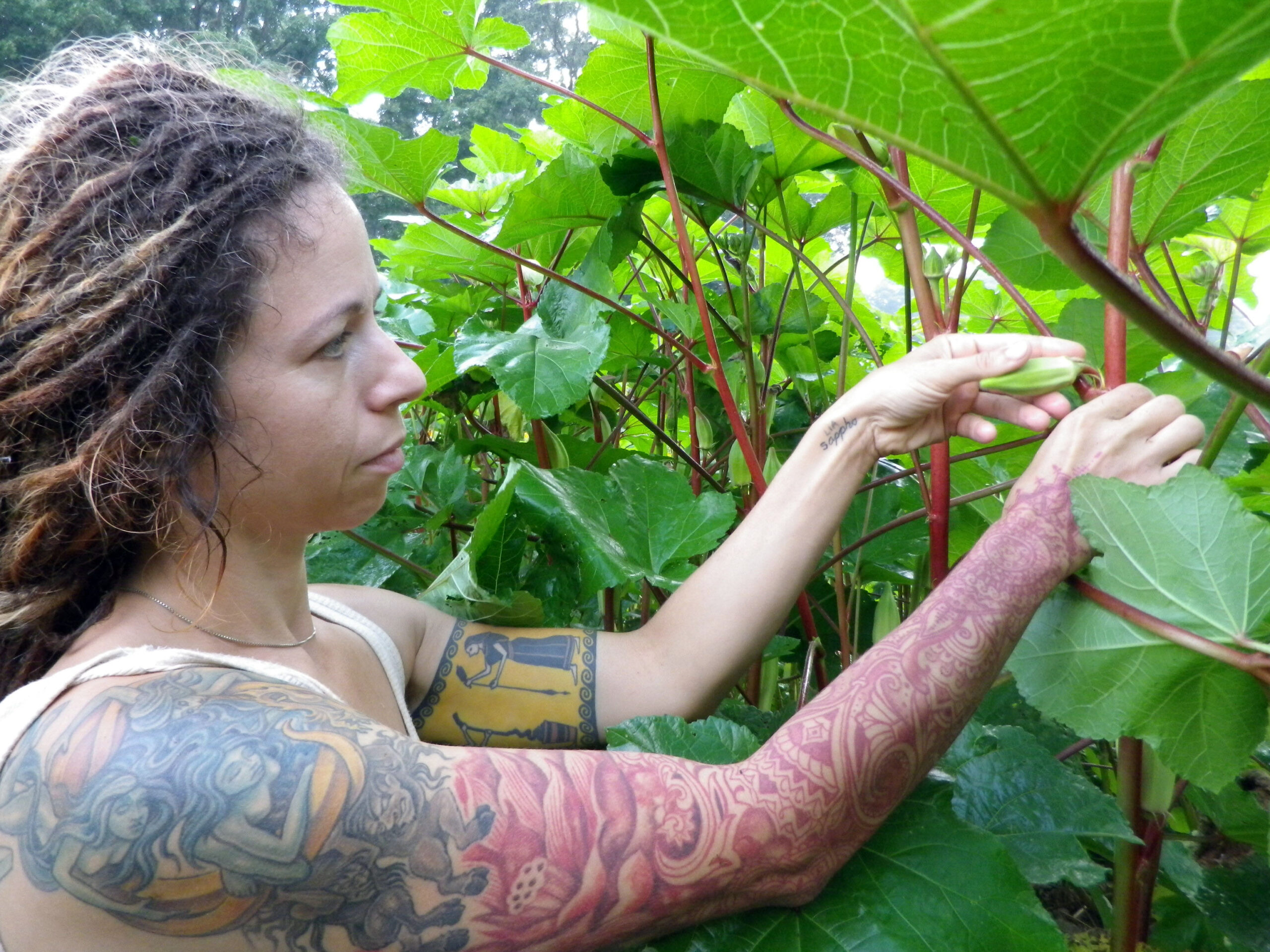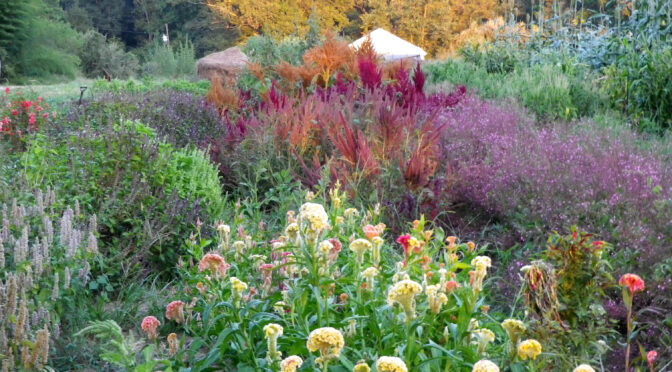In many ways, highly organized rows of crops are easy on the gardener. They allow us to easily layout our space, weed efficiently, and keep track of exactly what’s growing where! Unfortunately, these gardens have their downfalls too. Large sections of single crops tend to take up more space than necessary, be more susceptible to pest and disease issues, and without careful tending, they can be tough on the soil. Companion planting is one way to address some of these issues, providing a more “natural” ecosystem in the garden without letting it go completely feral.
Why Use Companion Planting
- Companion planting can protect your crops from some pest and disease issues.
- It can help you use space efficiently and maximize production.
- Companion planting creates beautiful, cottage-style gardens.
- It can improve your soil.

Control Pests
Every gardener deals with pest issues at some point in their career, sometimes even every year. In many cases, companion planting has been shown to reduce pest issues by repelling pests with scents or compounds they emit, attracting predatory insects, or interfering with pests’ ability to find plants through sight or smell. Here are a few examples:
- In a study in Holland, Golden Guardian Marigolds were shown to more effectively reduce the presence of nematodes than chemical insecticides.
- A 2015 study found that flower strips reduce pests and crop damage in wheat fields.
- A study from Iowa State University found that interplanting thyme, onion, and nasturtium helped to reduce cabbage looper and imported cabbageworm damage in broccoli.
Just as a mix of crops may make it harder for insects to spread through the garden, it may also slow the spread of diseases.
Attract Beneficial Insects and Birds
Many plants also serve to bring our garden allies into the fray. These are the creatures like flies, bees, hummingbirds, and butterflies that help pollinate our crops and the efficient hunters like wasps, spiders, and songbirds that eat pests.
Flowers are more important than you think. Obviously, they encourage pollinators to visit, but they also attract predatory insects. Two of our favorite native predatory insects, lady beetles, and lacewings feed on nectar and pollen in their adult stages. Having flowers they enjoy, like goldenrods, sunflowers, buckwheat, dill, alyssum, cosmos, and coreopsis, can encourage them to spend time and lay eggs in your garden.
These beneficial creatures also need varied habitats. To give them spaces to move about freely, opt for a garden with few or no bare areas and vary your plants’ height and structure.
 Natural Trellises & Shade
Natural Trellises & Shade
In addition to providing structure for birds, tall plants can also provide structure and shelter for other plants. The most well-known example is growing pole beans on corn stalks as part of a three-sister’s garden. However, many different options would work well, too. Here are a few example crops:
Tall Trellis Plants
- Corn
- Sorghum
- Amaranth
- Sunflowers
- Tithonia
- Okra
- Sunn Hemp
Vining Plants
- Pole Beans
- Cucumbers
- Red Malabar Spinach
- Fall Peas
- Mini Pumpkins
- Pocket Melons
The tall trellis plants can also be used to offer partial shade to cool-weather crops like lettuce.
 Maximize Space with Companion Planting
Maximize Space with Companion Planting
A great way to make the most of a small garden is to pair early-season or quick-maturing crops with slower-growing or summer crops. Here are a few examples:
- Start red Malabar spinach below a pea trellis. The peas will be finishing up as the spinach really begins to grow.
- Sow rows of spring radishes between rows of onions, carrots, beets, and other root vegetables. The radishes will be harvested before the others need plenty of room.
- Plant peppers and tomatoes among beds of early greens. They’ll provide a bit of shade, and the early crops will be finished by the time they’re large.
Improve Soil Health
Nitrogen-fixing crops are the big ones for this category. Again, the classic example comes from the nitrogen-fixing pole beans in the three sister’s garden. However, many nitrogen-fixing crops exist, including peas, beans, vetch, clover, sunn hemp, and even buckwheat!
Besides fixing nitrogen, plants can also help improve the soil by breaking up compaction. Growing rows of potatoes, turnips, or daikon radishes between rows of other crops can help break up compacted soil, improving your garden for next season while still offering a good harvest.
Lastly, crops can improve your soil health by adding organic matter. Crops like rye, buckwheat, oats, and wheat can be planted in between rows, paths, or empty beds. Then, they can be cut, mowed, or tilled in. If left on the surface, crops like buckwheat make an excellent mulch for transplanting fall crops.
Some companion planting suggestions may be rooted in old wives’ tales, but modern research is proving that it can make a significant impact. Try a few of these methods this season and see if you notice any changes in your garden.

